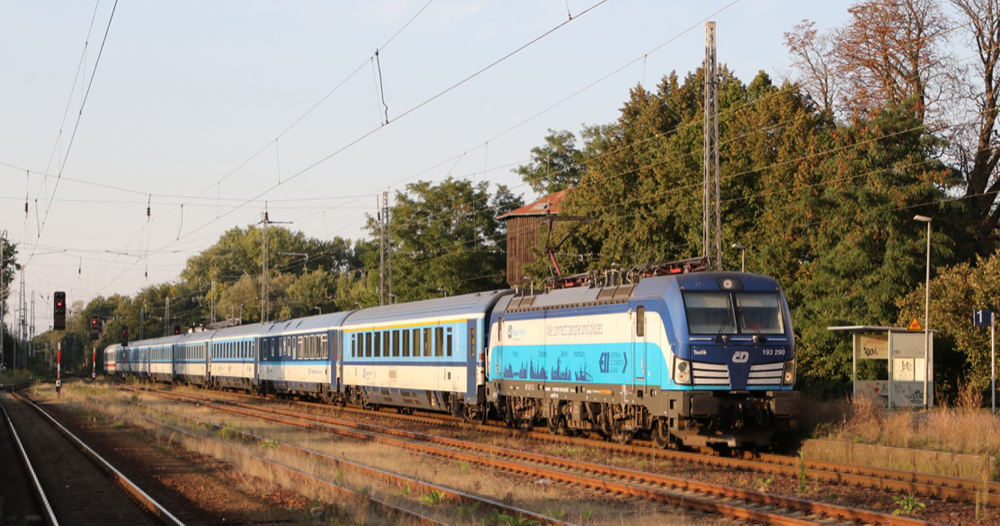
Trucks in Germany are now paying higher tolls to use main highways, with the extra money to be invested in the country’s government-owned rail network.
The new tolls were effective July 1. The new funds will address a rail system that is suffering in places from a high level of use by both passenger and freight trains, but seeing limited investment in new track, signalling, and power systems. This is leading to daily disruptions due to infrastructure failings.
The tolls have been expanded both in terms of roads and vehicles. Tolls previously limited to the 9,400-mile Autobahn network, comparable to the U.S. interstate system, are now charged on all federal-status roads, or Bundestrasse, quasi-analogous with U.S. state highways. This increases the total road network on which tolls are assessed to around 34,500 miles. Tolls are now charged on all commercial vehicles over 3.5 tons (a typical large delivery van) rather than the previous 7.5 tons (a small truck).
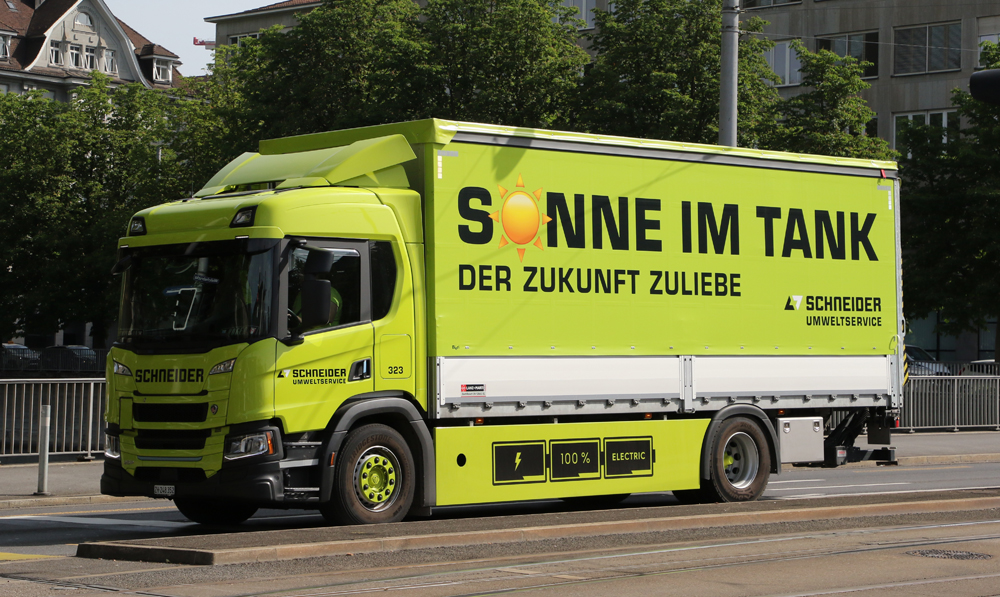
Germany introduced tolls for the heaviest trucks on the Autobahn network in 2005 with a series of camera and sensor-based systems that span the roads collecting data. Truck drivers or owners need electronic accounts to pay the tolls as there are no traditional toll booths, although some vending machines exist at truck stops allowing payment. Over the next decade, progressively more and smaller vehicles have been included in the system but the expansion introduced this month means the system now covers almost every road freight journey, including last-mile deliveries by companies like DHL or UPS.
As of Jan. 1, 2024, a surcharge of €200 ($220) for every metric ton of CO₂ emitted will be added to the toll, effectively doubling the cost in many cases. Emission-free trucks (of which few are currently in use in Europe) do not have to pay this and pay reduced tolls as well. This is designed to encourage companies to buy electric or alternative-power trucks.
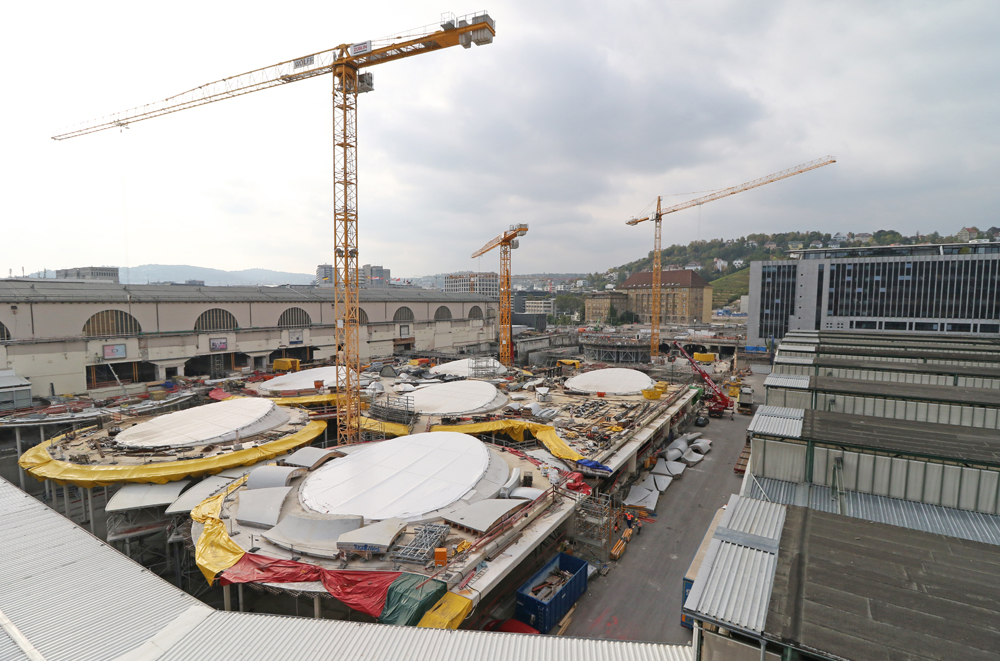
Organizations representing German road haulers have said the increased toll costs will harm their business and, along with an ongoing shortage of skilled drivers, will increase overall transport costs in Germany and across Europe.
The big change along with the toll increases is a legally binding commitment by the German government to invest the proceeds in the rail network infrastructure. Organisations supporting rail transport think this will make a big difference long term. National rail lobby group Allianz pro Schiene (Pro-Rail Alliance) welcomes the fact the tolls will raise €15.2 billion ($16.6 billion) annually, compared to €8 billion ($8.75 billion) previously, and that unlike before, a large part of the money will be invested in the rail network rather than put back into the road budget.
Both government and rail industry advocates believe the combination of future rail infrastructure improvements and higher road transport costs should help rail freight gain market share.
Following Swiss example
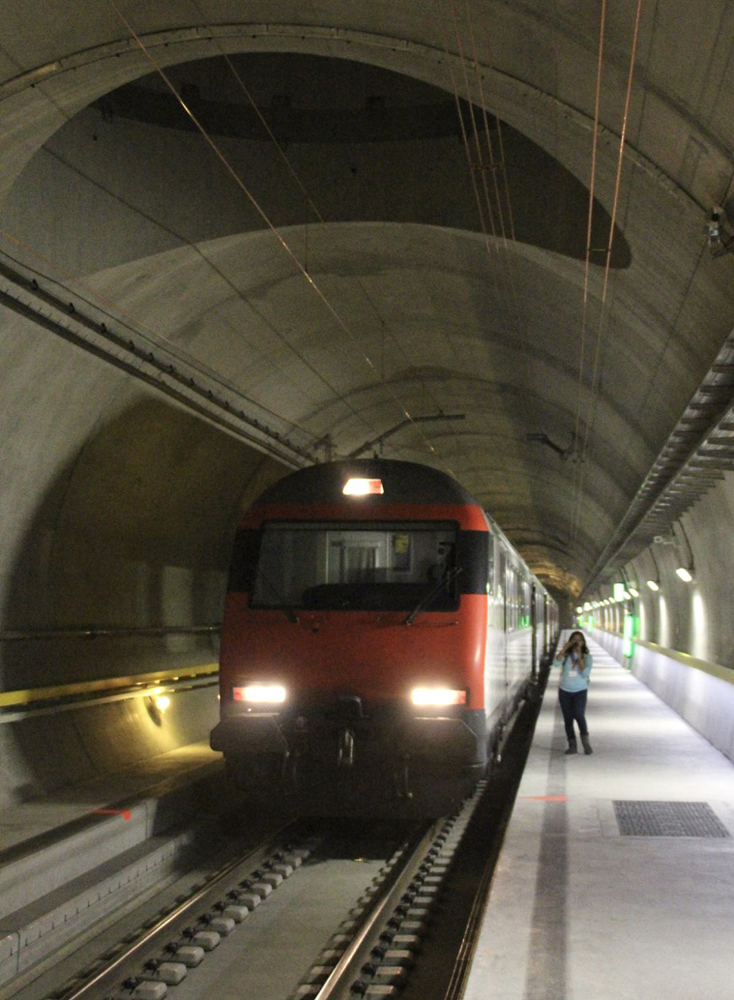
Other European countries charge truck tolls, but most use the money to maintain roads or fund other expenditure. The new German plan is, however, not entirely original. A similar approach has been in use in Switzerland for two decades with a “performance-based heavy goods vehicle charge” levied on road freight vehicles over 3.5 tons.
The fee is based upon distance travelled on all Swiss roads (although international road traffic is restricted to certain routes), plus vehicle weight and emissions. This system raises over $1.5 billion each year, with two-thirds used by the Swiss government to fund rail projects and the remaining third for road maintenance. The major new rail tunnels built under the Alps — such as the $9 billion Gotthard Base Tunnel, which opened in 2016 — were largely funded over decades by these tolls, along with fuel taxes paid by motorists.
The Swiss have also attempted to divert freight from road to rail, raising the cost for a truck transiting across the country from Germany to Italy, while simultaneously reducing the charges for rail freight operators running trains on the same route using the new base tunnels.






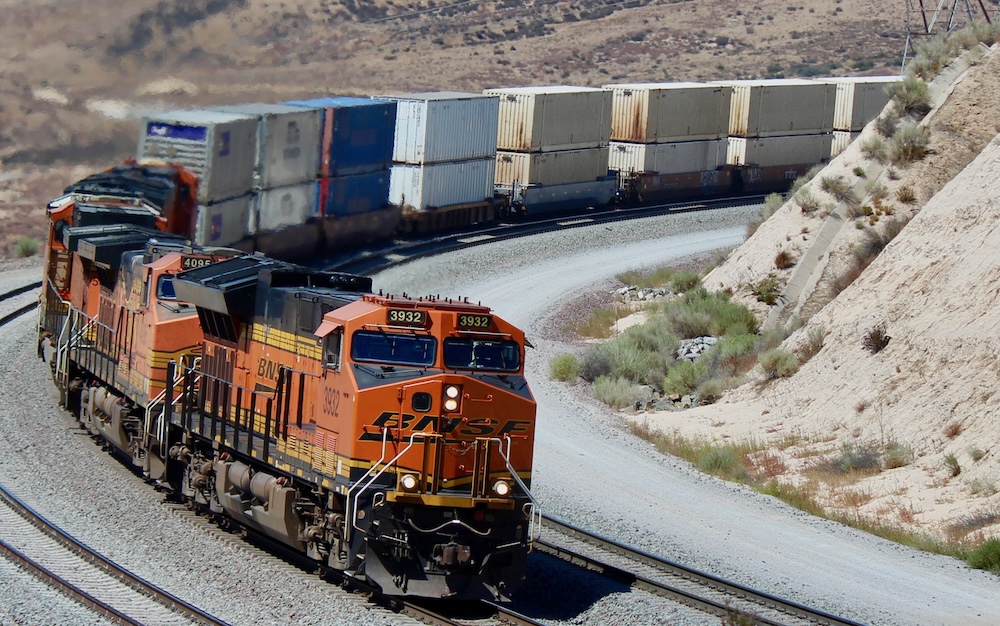
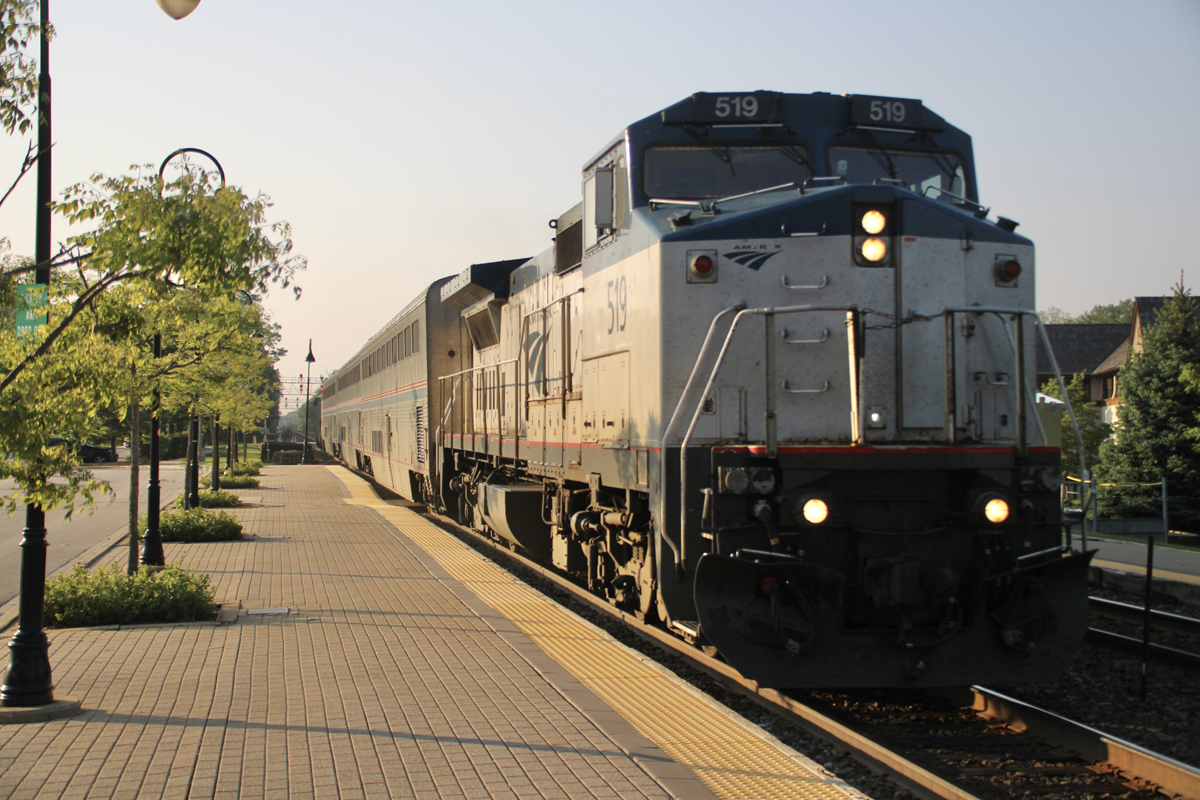
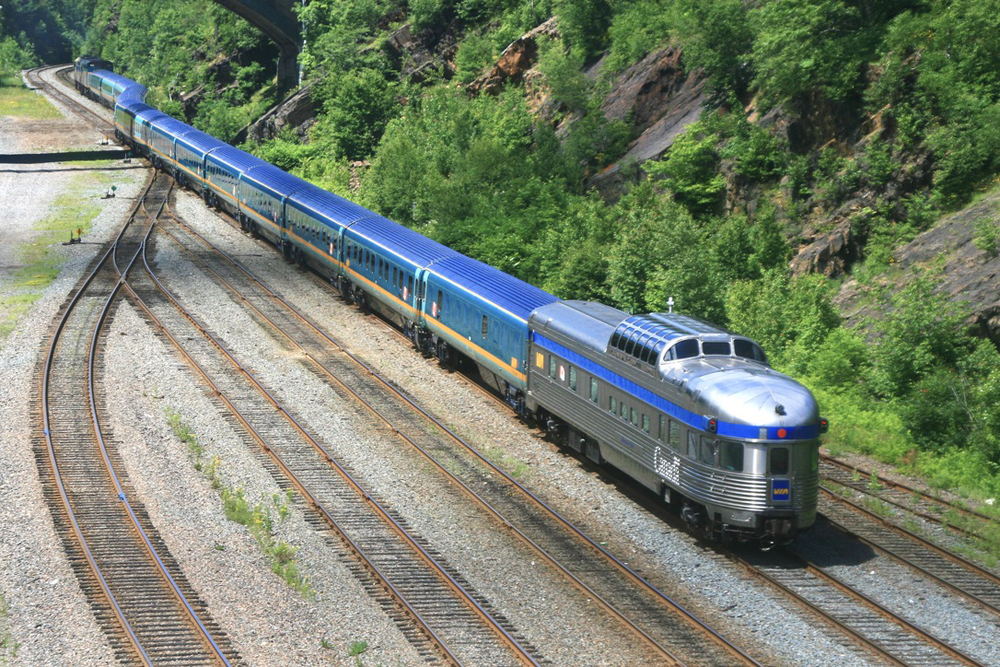
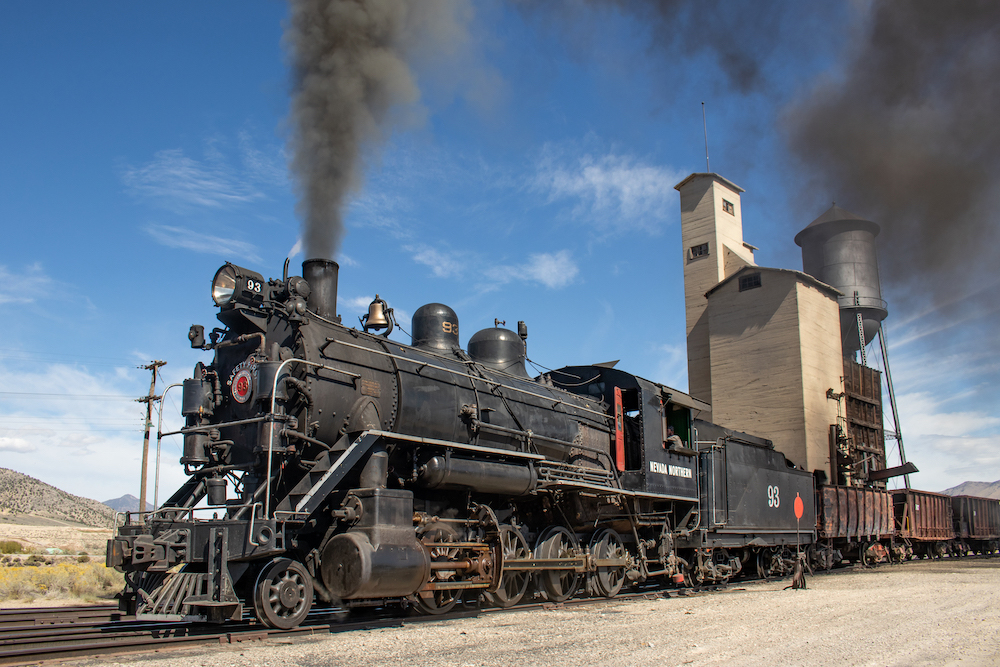




Germany, but mostly the small rail giant Switzerland, are the flag countries of the Old Continent as a youth vaccine in the field of railroading. Viva SBB/CFF/FFS! Viva DB!
Dr. Güntürk Üstün
My wife and I did a river cruise in 2019 on the same route the earlier poster Chris did and I saw the same thing, lots of short by our standards freight trains as well as large numbers of passenger trains. Also rode a passenger train from Zurich to Basel Switzerland. The infrastructure we saw was very impressive.
Our European friends certainly know how to do and manage things in a very wise and practical way. Their rail systems are perfect examples of this especially Germany and Switzerland. Their trains are modern they run and operate on time and also are years ahead of us when it comes to high speed rail. We think we are making progress when we operate the Acela Express trainsets at 150 miles which is rarely ever accomplished and the Brightline trains in Floriad hitting 110 MPH. Those speeds are just routine in Europe. Look at how the Swiss operate their trains with precision. on time service and some of the most amazing engineering feats done with trains operating through mountain tunnels through them and over them and mile long bridges some over 100 years old. Here in this country we like to brag and boast about what we can do or want to do but it dont happen . The increased tolls on trucks to benefit rail traffic will never gain traction here in this country. Too much fighting and political pressure as well as powerful road and truck interests as well as the oil and and gas industry doing everything to to make sure this never happens. Trucks should pay their fair share of tolls after all they are major players in highway and bridge deterioration as well as crashes and accidents on roadways. Whiles trucks may do thejob on short haul and local deliveries, they can never match up with the efficency and savings of a freight train especially those intermodal and container trains moving merchandise and goods across the country
Joseph C. Markfelder
Richard Lutz, the boss (CEO) of the DB is a genuine railroad wolf. No doubt about it!
Dr. Güntürk Üstün
Both the national rail lobby and the state-owned DB (Deutsche Bahn) are now stronger and wiser than ever in Germany!
Dr. Güntürk Üstün
If you want to see European freight then go to YouTube. Try “The Berlin Train Man” to get started. Watch a few videos and YouTube’s algorithms will suggest more train content. If you want UK trains then do a search. There is plenty of content for both modern electric/diesel and steam locomotives. plenty of UK video includes mainline steam excursions and preserved railways.
Sounds like a great idea to me. Better railways means faster service for both freight and passenger trains, which takes more trucks off the road, lessening traffic and reducing the need for highway expansion.
Charles you seem like an intelligent person, what gives you the idea that Trudeau and Biden know how to read and understand anything, unless it’s on a teleprompter???
Our Canadian readers don’t like it when I dump on Justin. Or when I point out Justin doesn’t come up to his father’s shoe laces.
My president, Joe Biden, doesn’t come up to his own shoelaces.
You do have to wonder though in our country of 40 million and your country of 350 million, this is the best we can do?
Amazing what they do in the civilized World.
Forward your comment to Justin Trudeau and to Joe Biden.
France doesn’t seem overly civilized lately.
Amen to Mr. Landey’s (slightly) caustic remark here …. (!) And yes, France recently seems to have been having some issues with immigration and assimilation. Not very “civilized” lately …?
This concept would of course never fly in the United States given substantial differences in the freight-rail business models (nationalized versus private companies) and the strong political clout of the trucking industry in the U.S.
And, yes while DB (and other freight operators in Europe) do tend to operate short, fast, and frequent freight trains, unlike the mega-long freights that appear to be the current trend in the U.S., it’s my understanding that the market-share for freight rail in Europe is substantially lower than in the United States. I don’t know the exact figure/percentages of market share of freight-rail in Germany, though I suspect that it’s less than 20%. Therefore, one would think that more tolls on trucks will simply be passed onto the consumer in terms of higher costs for the consumer goods/products (“If you bought it, a truck bought it ….”).
This on top of some of the highest energy costs in the developed world (all in the name of being “green” and “carbon-free”?) cannot help the struggling (?) German consumer ……..
The Europeans and the UK have nationalized rail networks but the trains are run by a mix of private and government entities. For example, American train operator G&W owns a freight train operating company in the UK. Check out electric locomotives in the G&W livery.
My wife and I just returned from a river cruise on the Rhine between Basel Switzerland and Amsterdam. A good portion of the river is paralleled by railways. While in Germany along the Rhine Gorge railways were on both sides. I was amazed by the number of trains, passenger and freight that we saw one every three or four minutes. Both passenger and freight trains ran at the same speeds and from what I saw they run lots of short fast freight trains versus a few long slow ones. It was pretty impressive for sure. I’m not sure how the economics of it all works over there but as a rail fan I was definitely impressed.
CHRIS — It’s not good how little most of us (starting with me) know about rail freight outside of North America. I have seen freight in England —- but what I saw was two commodities, aggregates and steamship containers. If you have a source for me to learn more about European rail freight, please post it.
Time for you and Mrs. L to go on a vacation Charles, it is quite a sight to watch freight and passenger trains in Germany, Switzerland, Australia and Italy. UK Freight seemed minuscule in comparison.
Problem the way I see it though is the amount of money the governments pour into the railway infrastructure as well as the truck tolls. Remember the Swiss actually agreed to an extra personal tax to help pay for the tunnel projects. The population wanted the trucks off the motorways and were willing to pay for it.
Not sure how well that would go over on our side of the pond
Charles I think rail accounts for around 20% in the E.U. but not sure what it is in Germany alone. I saw lots of barges on the Rhine but they were much smaller than most here in the U. S. We traveled by bus between Milan and Lake Como Italy and over/under the Alps to Basel Switzerland. The highways were in great shape but just like here busy with lots of trucks. If you do get a chance the Rhine cruise is very nice with beautiful towns and scenery. And an added bonus are the many trains that you’ll see along the way.